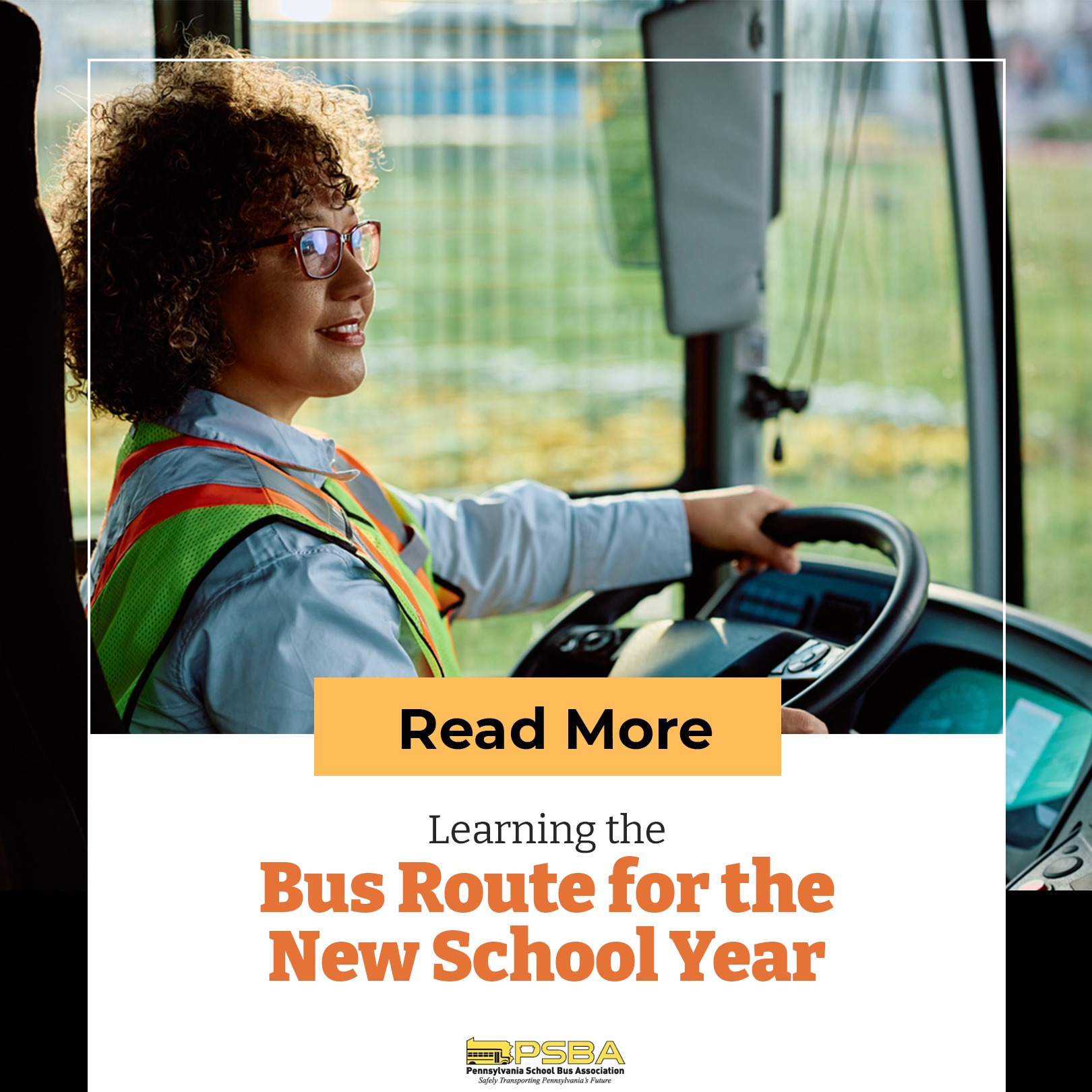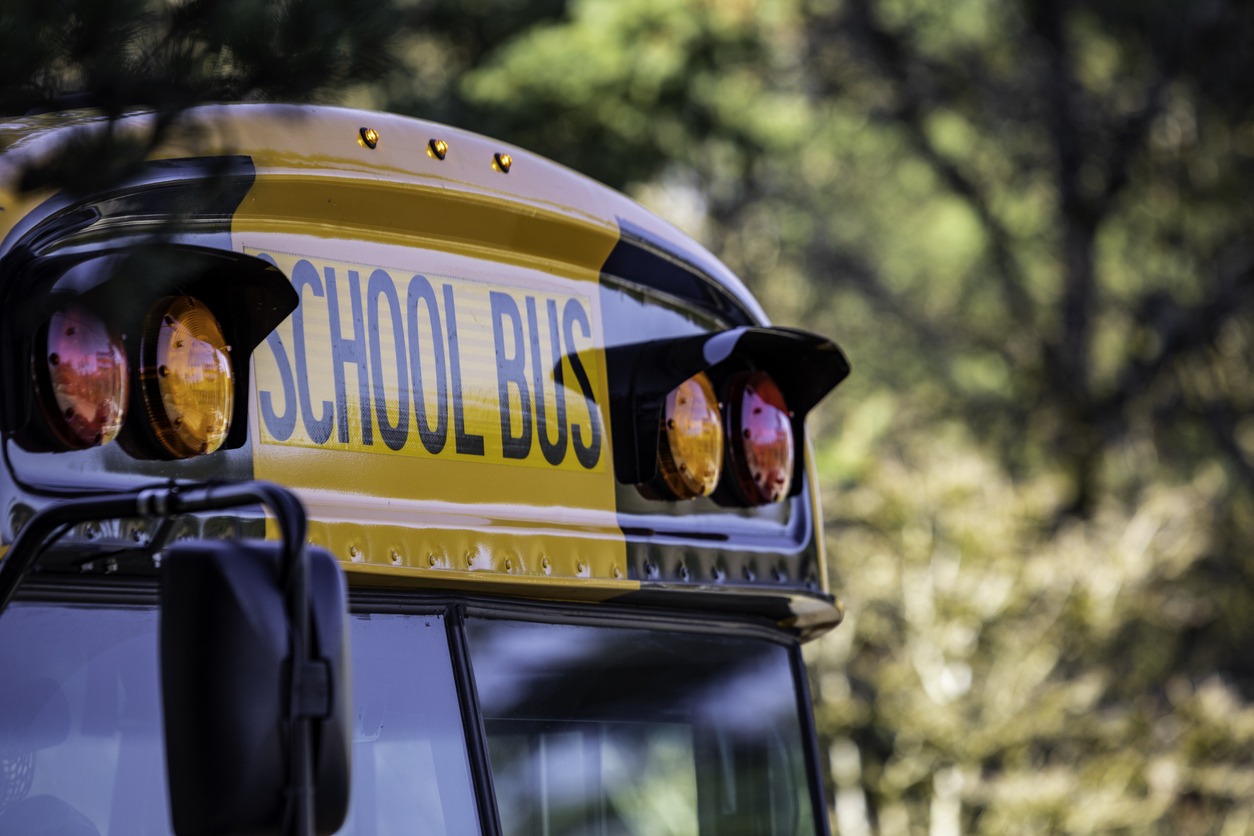The start of a new school year fills students with excitement and anticipation. As students prepare to embark on another academic journey, there’s the thrill of new experiences, friendships, and learning opportunities. However, this time of year also brings challenges, particularly in navigating the logistics of getting to and from school.
One crucial aspect of ensuring a smooth transition into the new school year is familiarizing students and parents with the bus route. Understanding the bus schedule, stops, and safety protocols can significantly reduce stress and help everyone settle into a routine more quickly.
Importance of knowing your bus route
1. Safety first
Understanding the bus route helps students know where and when to catch the bus, reducing the chances of missing it or getting lost. It also ensures they are in the safest places to board and exit, minimizing exposure to traffic hazards and unfamiliar areas.
2. Preventing confusion
Being familiar with the route helps school bus drivers anticipate stops, navigate traffic, and make timely decisions. It reduces the chances of missing stops and encountering delays, ensuring a smoother and more efficient journey for students.
3. Peace of mind for parents
To parents – knowing the bus route is crucial for ensuring your child’s safety and punctuality. When school bus drivers are familiar with the route, they can navigate efficiently, avoid delays, and easily handle unexpected situations. This familiarity helps ensure that your child arrives at school on time and gets home safely each day, giving you peace of mind.
Accessing bus route information
1. Online resources
Parents can find school bus route information on the bus company’s website by navigating to the “Routes” or “Transportation” section, entering their child’s school name or district, and then entering specific details like their home address or student ID to access personalized route details. Some websites may also offer route maps, pick-up and drop-off times, and real-time tracking features.
2. Interactive maps
Many bus company websites offer online tools to assist parents and students, such as interactive maps that show bus routes and stops and school bus route planners that allow users to enter their addresses to find the nearest bus stop and estimated pick-up and drop-off times. These tools are often designed to help families plan their daily commute more efficiently and ensure students arrive at school on time.
3. Mobile app
Using a bus company’s mobile app for real-time updates and route information for school bus routes offers several benefits:
- Real-time tracking: Parents and students can monitor the bus’s location, reducing uncertainty and wait times at bus stops.
- Instant notifications: The app can send alerts about delays, route changes, or emergencies, ensuring timely communication.
- Route optimization: Users can view the most current route information, which helps them plan accordingly and avoid missing buses.
- Enhanced safety: Knowing the exact location and status of the bus increases safety and peace of mind for both parents and students.
4. Printed materials
Parents can access school bus route information through mailed flyers or brochures, which are typically delivered directly to their home addresses. The flyers or brochures typically include details about bus stop locations, pick-up and drop-off times, and crucial instructions or changes for the school year. Parents can review the provided information to plan accordingly for their child’s transportation.
Tips for learning the bus route
1. Practice runs
It’s a good idea to do a practice run of the bus route before the first day of school. This will help familiarize your child with the route, ensure they know where to get on and off and reduce first-day anxiety. Plus, it can highlight timing issues to prepare your child for the real thing.
2. Walk to the bus stop
Walking your child to the bus stop and practicing the route together is a great way to ensure their safety, build confidence, and create a routine that helps them feel secure on their way to school. It’s also a wonderful opportunity to have quality time and reinforce road safety rules.
3. Drive the route
Consider driving the school bus route simultaneously when the bus is on the road. This will help you understand traffic patterns, anticipate delays, and better prepare your child for the commute.
4. Memorizing key points
Here are some tips for students to memorize important landmarks or stop locations when learning a bus route:
- Create a visual map: Draw or use a printed route map and mark key stops and landmarks. Visualizing the route can help students remember the sequence of stops.
- Use mnemonics: Create simple phrases or acronyms based on the names of the stops or landmarks to make them easier to recall.
- Practice the route: Repeatedly traveling the route will reinforce memory. Urge students to pay attention to the surroundings as they ride, noting any unique features near each stop.
- Associate landmarks with stops: Link specific landmarks (e.g., a park, store, or statue) to each bus stop. Associating something familiar with the stop can make it easier to remember.
- Use technology: Utilize apps or GPS on smartphones to track the route and familiarize the students with stops in real-time. Reviewing the route on these apps before or after a ride can reinforce memory.
- Break it down: Focus on learning a few stops at a time rather than the entire route all at once. Once the first few are memorized, move on to the next set.
- Repetition: Repeating the names of the stops or landmarks loudly while riding the bus or reviewing the route can help reinforce memory.
- Use flashcards: Create flashcards with the stop’s name on one side and a picture or description of the nearby landmark on the other. It can be a quick and effective way to memorize the stops.
Communicating with the bus driver
1. Introduction to the driver
Introducing yourself to the bus driver is a great way to build a positive relationship and ensure a safe and comfortable ride. It helps the driver recognize you, making the daily commute smoother for everyone. A simple hello can go a long way!
2. Building trust
Knowing the school bus driver can build a sense of security and trust because it fosters familiarity and open communication. When parents and children recognize and interact with the driver regularly, they feel more confident in the driver’s ability to ensure safe transportation. This relationship can also help address any concerns promptly, creating a supportive environment for the children.
3. Discussing concerns
Parents should communicate any concerns or special instructions directly with the school bus driver to ensure the safety and well-being of their child. This direct communication allows the driver to be aware of specific needs, such as medical conditions, drop-off points, or behavioral concerns, enabling them to provide appropriate care and attention during the bus ride. Clear and concise communication can also help build a positive relationship between parents and the driver, fostering a cooperative environment for the child’s transportation.
4. Emergency contact information
Parents should ensure their child’s school bus driver has the most up-to-date emergency contact information. This helps the driver keep their child safe and can reach parents quickly if needed.
Preparing for the first day
1. Morning routine
To set a consistent morning routine for students:
- Establish a set wake-up time: Ensure wake-up time allows for all necessary morning activities without rushing.
- Prepare the night before: To save time, lay out clothes, pack bags, and prepare lunches the evening before.
- Create a step-by-step schedule: Break down the morning into specific tasks (e.g., dressing, breakfast, brushing teeth) with clear time frames.
- Limit distractions: Avoid screen time or other distractions during the morning routine.
- Use a visual or written checklist: Provide a simple checklist for students to follow each morning.
This routine helps ensure students are ready on time and reduces morning stress.
Preparing for the first day
1. Morning routine
Establish a consistent wake-up time, prepare clothes and backpacks the night before, create a simple morning checklist (e.g., breakfast, brushing teeth), and allow a buffer for unexpected delays. Keeping the routine predictable helps ensure students are ready on time each day.
2. Arrival time
Arriving at the school bus stop a few minutes early is crucial for several reasons. It ensures that students don’t miss the bus, reducing stress and anxiety for both the child and the parent. Being early also promotes safety, as it allows students to wait in a calm, prepared manner rather than rushing across streets or through traffic. It also fosters responsibility and punctuality, essential life skills extending beyond school. A few extra minutes can make a big difference in starting the day smoothly and safely.
3. What to bring
For the students: Don’t forget to have all your necessary items, like your bus pass, backpack, and school supplies, ready the night before. This way, you’ll be prepared and won’t have to rush in the morning to catch the bus on time!
4. Reviewing rules
Before the first day of school, take a moment to review bus safety rules with your child. This will help ensure they know how to stay safe, follow guidelines, and start the school year smoothly. A quick chat can make a big difference in their safety and confidence.
Conclusion
Parents and students can take these steps to learn and prepare for the school bus route: learn the route, access school bus route information, communicate with the bus driver, and get the students ready so that they arrive at the bus stop on time.
To parents – if you have any questions or concerns about your child’s transportation for the new school year, please don’t hesitate to reach out to https://youbehindthewheel.com/. We’re here to help and have resources available to ensure a smooth start to the year.
To aspiring drivers – learn more about how you can be a great part of your community by reading this article. You may also want to look for available job opportunities by checking out https://schoolbushero.com/jobs.


